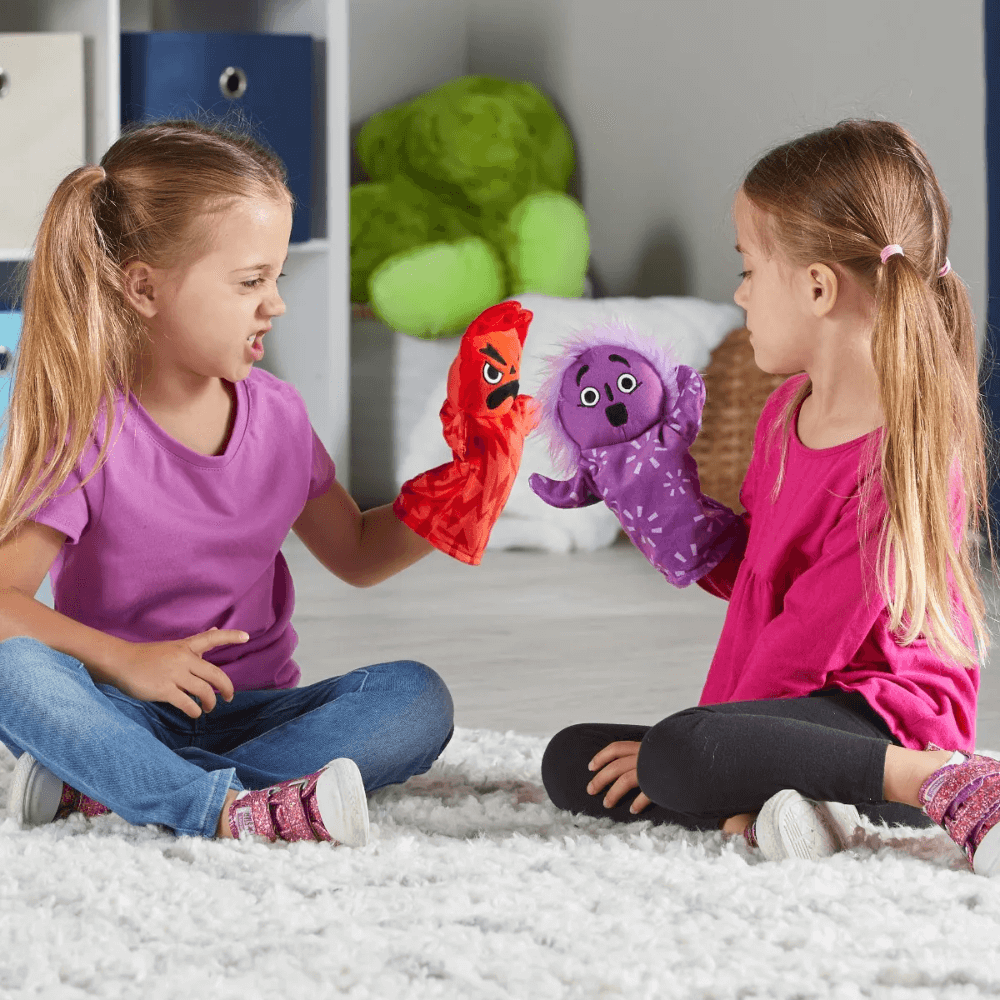Viva La Musica! DIY Cinco De Mayo Instruments!
- Patria Lincoln Posted On May 4, 2023 | Social-Emotional Learning
Celebrate Cinco de Mayo this year with some live music! The kids will love crafting these simple instruments, opening up discussion about the holiday and its origins. It is a common misconception that Cinco de Mayo is celebrated as Mexico’s independence day. In Mexican culture, May 5 actually marks the Mexican army’s unlikely victory over the French forces of Napoleon III in 1862, at the Battle of Puebla. In fact, the residents of the state of Puebla are really the ones who celebrate the holiday the most – even more than the rest of Mexico. They party with traditional Mexican food, dancers, and mariachi music. These wonderful sounds of celebration inspired us to make some homemade instruments. According to the Brain and Creativity Institute at University of Southern California, music experiences in childhood can actually accelerate brain development, particularly in language and reading skills. Down the road, learning a musical instrumental at an early age can actually improve mathematical learning and increase SAT scores. Sounds good to us, so let’s get musical! Here’s what you’ll need to make you own little Cinco de Mayo band.
Festive Tambourine
What You'll Need:
- 2 paper or plastic plates
- Decorations (stickers, markers, or paint)
- Ribbon
- Hole Punch
- Craft Jingle Bells
- Scissors






- Using your paint or stickers, decorate the outside of your tambourine. Be colorful and creative!
- Next, match the plates up so the bottom part of the plate faces out. Punch 5-6 holes around the plate’s circumference, making sure your bottom and top plates match up.
- Cut the ribbon as long as you’d like. Longer ribbons always seem to add more drama! Then lace the ribbon through the jingle bells.
- Loop your ribbon around the holes punched in the plates, securing it with a double knot.
- Shake away! These small bells make a joyful sound!




Beating Drum
What You'll Need:
- Clean Tin Can (be aware of sharp edges!)
- Baloon
- White Duct Tape
- Decorative Tape
- Two #2 Pencils
- Scissors






- First, cut the balloon at the base of the “stem”. You’ll need lots of balloon material to cover the wide opening of the can.
- Stretch the balloon over the tin can. Tape the perimeter.
- Then finish the whole can with the white tape, and add decorative tape if you so choose.
Shaky Maracas
What You'll Need:
- Plastic Easter Eggs
- Plastic Spoons
- Dry Rice
- White Duct Tape
- Decorative Tape
- Scissors






- Fill the plastic eggs with about 2-3 pinches of rice. Filling them too full will not allow for the fullest sound: less is more.
- Close the eggs and stick some tape around them immediately. If these crack open, you’ll have a big mess.
- Next, situate two of the spoons to “cup” the eggs on either side. Wrap the tape around the spoon. Follow the spoons’ handles down with tape, as well as the top of the egg.
- Add some decorative tape or stickers of your liking.
- Shake it up!




 Shop UK Site
Shop UK Site 


































